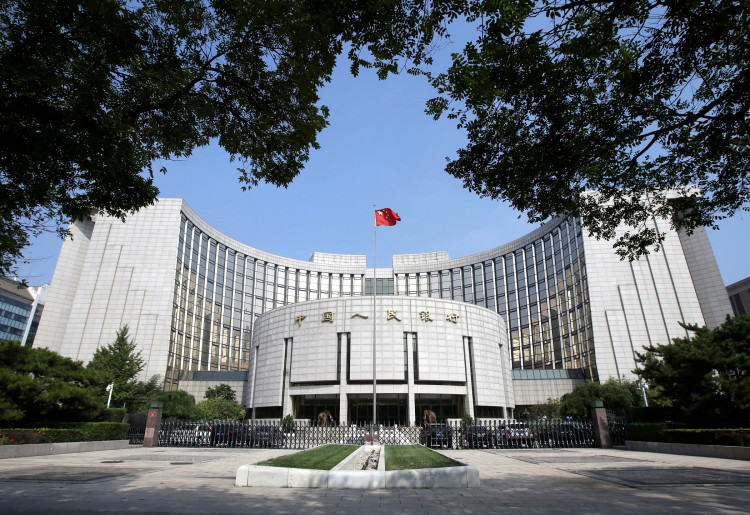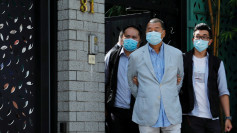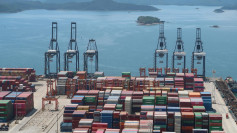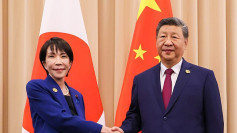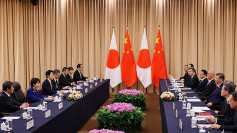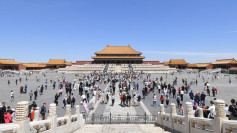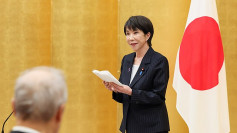In an unexpected move to bolster its faltering economy, China has reduced key interest rates, signaling a significant shift in its monetary policy. The People's Bank of China (PBOC) announced on Monday that it would cut the seven-day reverse repo rate from 1.8% to 1.7%. Shortly thereafter, the central bank also lowered its benchmark lending rates, with the one-year loan prime rate (LPR) dropping from 3.45% to 3.35% and the five-year LPR decreasing from 3.95% to 3.85%.
These adjustments come on the heels of disappointing economic data from the second quarter, which revealed weaker-than-expected growth in the world's second-largest economy. The move follows a significant meeting of China's top leaders, signaling their intent to address pressing economic challenges, including potential deflation, a prolonged property crisis, mounting debt, and sluggish consumer and business confidence.
"PBOC starts to implement pro-growth policy, consistent with the message out of the plenum - authorities are committed to reach the whole year GDP target, and policies will adjust after the disappointing Q2 GDP," noted Ju Wang, head of Greater China FX & rates strategy at BNP Paribas.
The decision to lower rates is viewed as an effort to strengthen counter-cyclical adjustments and support the real economy. This marks the first reduction in the seven-day reverse repo rate in nearly a year and underscores the PBOC's proactive stance in addressing domestic economic pressures.
"The fact that PBOC didn't wait for the Fed to cut first indicates that the government recognizes the downward pressure on China's economy," said Zhang Zhiwei, president and chief economist at Pinpoint Asset Management. He expects further rate reductions in China once the Federal Reserve begins its anticipated rate cut cycle.
The Chinese yuan dipped following the announcement, and bond yields fell across the board. This reaction reflects the market's view that China is prioritizing domestic economic stabilization over currency strength, despite the potential implications for the yuan's value against other major currencies.
Economists like Vey-Sern Ling, managing director at Union Bancaire Privee, suggest that while the rate cuts are a positive sign of the government's support for the economy, their impact might be limited. "A 10-basis-point cut is too small to significantly boost loan demand," Ling commented, highlighting the need for stronger fiscal measures to stimulate growth.
China's economic landscape has been challenging, with the country experiencing its longest streak of deflation since 1999. Prices have dropped for five consecutive quarters, keeping real interest rates elevated and diminishing the effect of moderate monetary easing. Expectations are now rising for additional monetary interventions, including further rate cuts and reductions in the reserve requirement ratio (RRR), potentially in August or September.
Josh Thompson, CEO of Impact Health USA, shared his perspective on the potential market implications: "If President Biden were to announce his withdrawal from the reelection race, the immediate market reaction would likely be one of volatility and uncertainty. Investors generally prefer stability and predictability, and such a significant political shift would disrupt both."
The cuts also arrive as China contends with heightened trade tensions and global leaders' increasing wariness of its export dominance. These factors add layers of complexity to China's economic strategy, as it seeks to navigate both internal and external pressures.
Following the rate cuts, China's 10-year government bond yield fell to 2.24%, and the offshore yuan weakened slightly. Traders will be closely monitoring the PBOC's actions in the bond market, especially after the central bank indicated it might borrow and sell sovereign notes if yields continue to decline. A Bloomberg survey suggested that a yield of 2.25% was a critical threshold for the PBOC, which was tested earlier this month.
Reuters and Bloomberg News contributed to this report.
